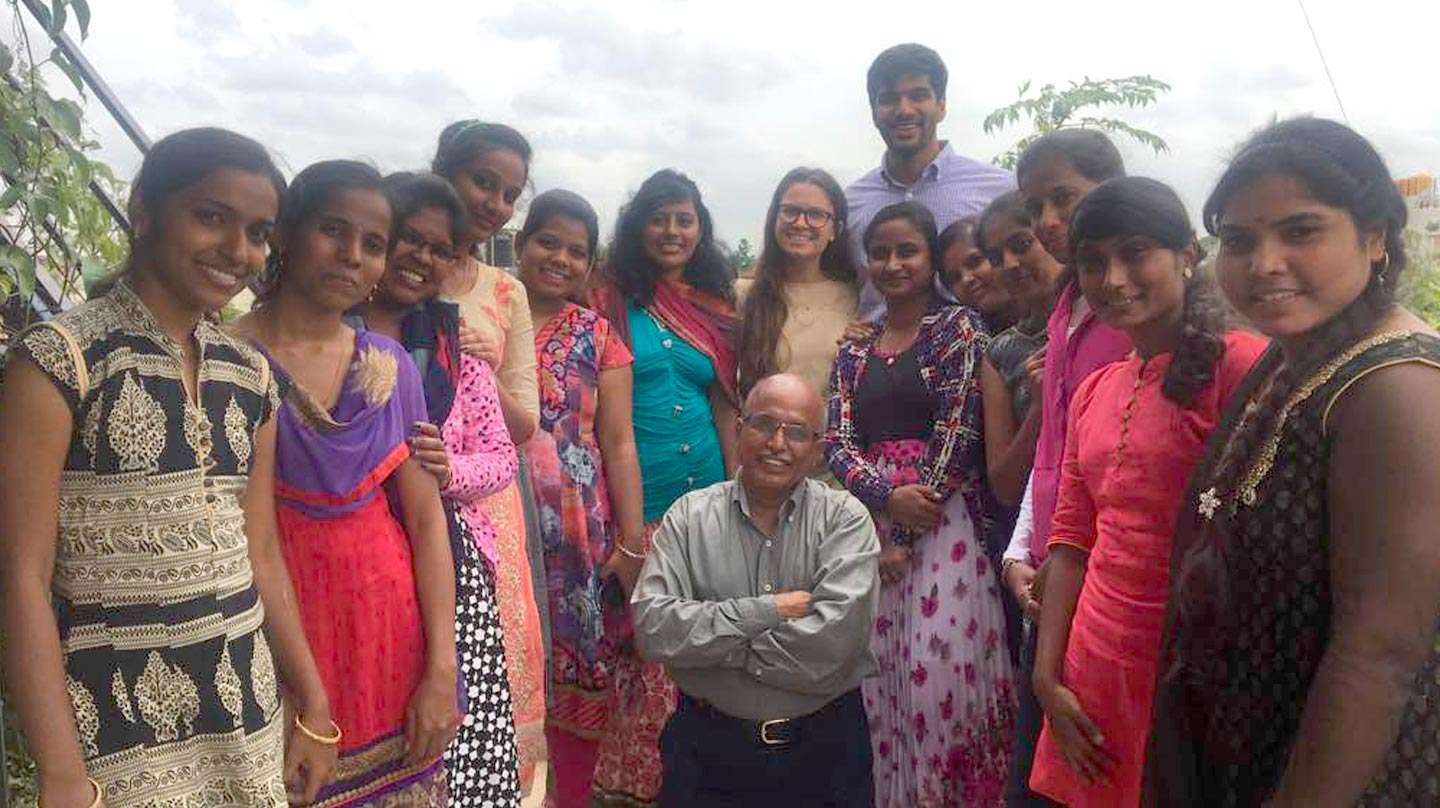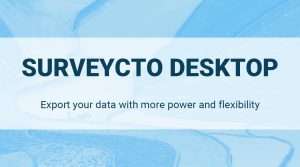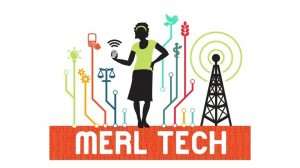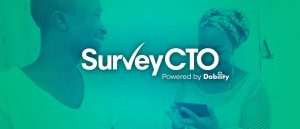Noora Health is a non-profit, non-governmental organization that partners with hospitals and health systems across India to improve patients’ health.
Recently, we connected with Sehj Kashyap, Director of Impact Evaluation at Noora Health, to learn how it is transforming hospital hallways and waiting rooms into classrooms to train family members of patients with high impact health skills.
Tell us a little about the project for which your team is using SurveyCTO.
Noora Health developed the novel in-hospital family training program called the Care Companion Program (CCP), which is an in-hospital family caregiver training program. The aim of the program is to bring family members of patients to the center of healthcare delivery, teach them skills to care for their loved ones, and provide the opportunity to practice the skills in the hospital, allowing patients a safer recovery and healthier life at home. The CCP has been implemented across 37 hospitals to train over 200,000 families since inception in 2013. One pre-post study that was conducted in one of our major hospitals in collaboration with researchers at Stanford University showed that the cohort that went through our program had a 71% lower post-surgical complication rate at 30 days (one of the strongest predictors of mortality for this patient population).
How are you using SurveyCTO in this project?
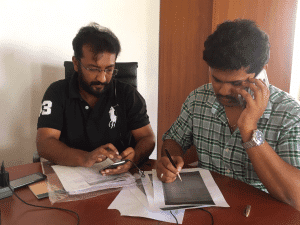
What is your role in the project?
I serve as the Director of Impact Evaluation at Noora Health, where I develop mechanisms for monitoring programs and evaluating their impact. This part of the organization is tasked with developing frameworks for evaluation, creating tools to collect data, gathering the data, designing methods for evaluating the effectiveness of programs and communicating findings.
Where are you in the project now? Are there any interesting findings you can share? What are your next steps?
We recently tracked health outcomes up to six weeks after their delivery of a cohort of 14,000 mothers from rural parts of Punjab and Karnataka who had just delivered a baby. We’re in the process of completing data analysis but the initial analysis is revealing insights into what behaviors families are practicing in terms of baby care and what, if any, complications the babies and mothers are facing in this critical period.
We learned, for example, that the proportion of babies facing complications or readmissions may be higher than expected but, even more interestingly, that many complications may not be shown to a health provider.
What are some of the innovative/interesting ways in which you’re using SurveyCTO?
We have a couple of interesting use cases to share.
Most of our programs and beneficiaries are spread across India, difficult for individual field-based investigators to follow-up with, and especially far from our central office. But we still have to follow-up with them and interview them. Previously we were using phone calls with paper-based surveys. When we switched to using SurveyCTO, we wondered whether we could use it while using the phone and it turns out you can – on the same phone!
Basically, we have the phone-call running in the background and SurveyCTO running in the foreground, and the investigator fills out the survey while taking the call from the same phone. This allowed us to collect data without buying two devices.
Another thing we’re doing with SurveyCTO is empowering other members of the team who typically would not interact with field-based survey software to capture more qualitative data and design-type interviews. For example, they’re collecting feedback (audio and questionnaire) or doing class audits. This allows us to centralize the data that is being collected. Finally, I’m also working on a mini-project where we’ll pull SurveyCTO data automatically using your API features and power an internal-facing dashboard that the whole team can interact with to see data coming in from surveys.
Is there anything else you’d like to share about the project or survey design in general? Any advice for others?
The learning curve to maximize SurveyCTO can feel steep initially but it is worth it. Build capacity for using SurveyCTO with more than individual members of the team. Use the support center – they’re really great – and remember that you can use SurveyCTO while doing phone-call based interviews too.
Photos provided courtesy of: Sehj Kashyap, Noora Health

